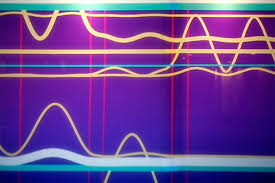
(PhysOrg.com) -- In the classical world, information can be copied and deleted at will. In the quantum world, however, the conservation of quantum information means that information cannot be created nor destroyed. This concept stems from two fundamental theorems of quantum mechanics: the no-cloning theorem and the no-deleting theorem.

A paper describing an experiment that, if it worked, would offer strong evidence that quantum computers can do things that classical computers can’t

New research suggests a fundamentally novel architecture for quantum computation. They have experimentally demonstrated quantum antennas, which enable the exchange of quantum information between two separate memory cells located on a computer chip. This offers new opportunities to build practical quantum computers.

Experimental physicists have put a lot of effort in isolating sensitive measurements from the disruptive influences of the environment. In an international first, Austrian quantum physicists have realized a toolbox of elementary building blocks for an open-system quantum simulator, where a controlled coupling to an environment is used in a beneficial way. This offers novel prospects for studying the behavior of highly complex quantum systems.

An Austrian research group led by physicist Rainer Blatt suggests a fundamentally novel architecture for quantum computation. They have experimentally

Physicists at the National Institute of Standards and Technology (NIST) have for the first time coaxed two atoms in separate locations to take turns jiggling back and forth while swapping the smallest measurable units of energy. By directly linking the motions of two physically separated atoms, the technique has the potential to simplify information processing in future quantum computers and simulations.

In a paradox typical of the quantum world, JILA scientists have eliminated collisions between atoms in an atomic clock by packing the atoms closer together. The surprising discovery, described in the Feb. 3 issue of Science Express, can boost the performance of experimental atomic clocks made of thousands or tens of thousands of neutral atoms trapped by intersecting laser beams.